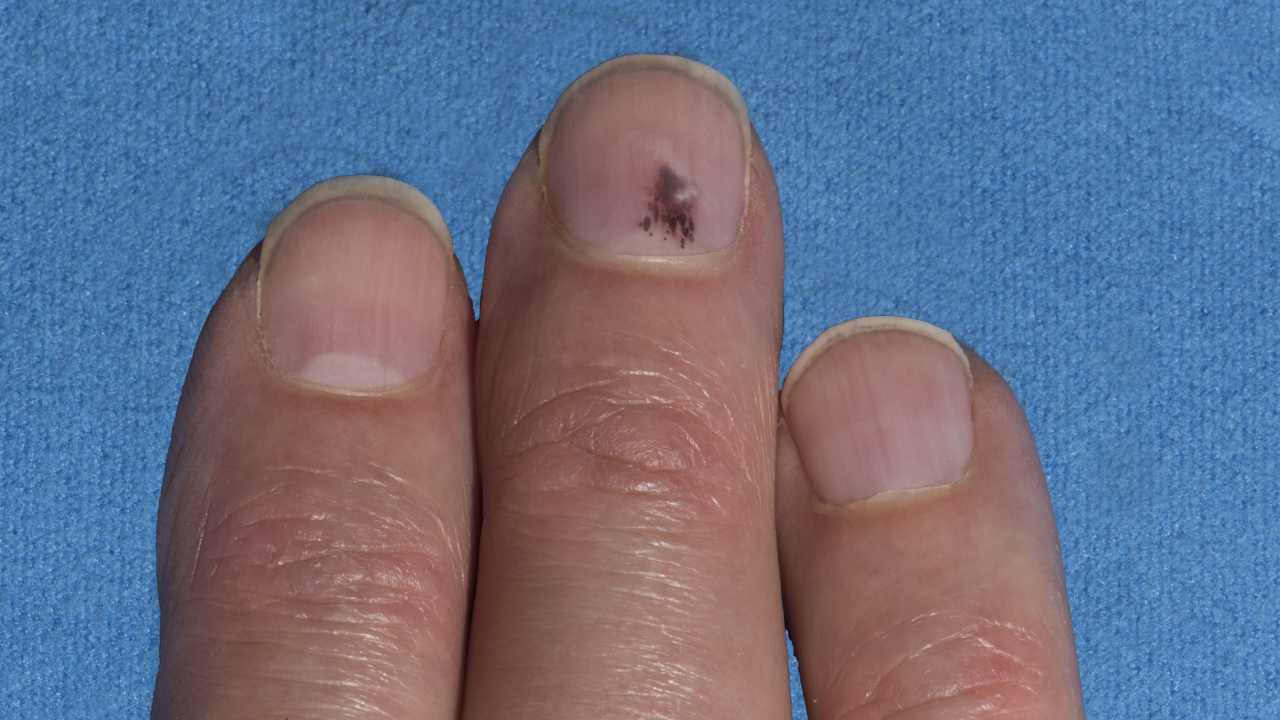 Ruslan Olinchuk/PhotoSpin
Ruslan Olinchuk/PhotoSpin
The Environmental Working Group has been assessing American sunscreens for eight years. Now they've put together their 2014 Guide to Sunscreens with its user-friendly searchable database.
They're also promoting their Sun Safety public education campaign in cooperation with sunscreen companies and dermatologists. The campaign is intent on reducing the occurrence of skin damage and cancer that tanning beds and sun can cause.
Mass-marketed brands have not made changes for the better in their sunscreens. But EWG is pleased to see improvements from smaller companies offering titanium- and zinc-based mineral sunscreens which provide better UV protection and do not penetrate the skin.
EWG has found that one-third of beach and sport sunscreens have ingredients that cause no serious concerns for safety and protect well. Unfortunately, that means that two-thirds of those evaluated do not pass muster.
Moisturizers with SPF that claim to protect against UVA and UVB rays fall short with only one in four moisturizers providing solid protection.
EWG encourages Americans to be wary of several potentially toxic substances found in some sunscreens.
Vitamin A (also retinyl palmitate and retinol) is in about 12 percent of SPF moisturizers in this year's database. It's also in about 20 percent of all beach and sport sunscreens this year. Vitamin A can speed up skin tumor and lesion development on skin exposed to the sun.
Oxybenzone is found in many sunscreens. It soaks through skin, and can disrupt the endocrine system and cause allergic skin reactions. Oxybenzone has been found in samples of urine and breast milk, and it is possible that it could harm the fetus, as well as children and adults.
The rate of melanoma according to EWG has tripled in the last 35 years, even with the emphasis for decades on using sunscreen. Sometimes people will apply sunscreen and think they've just wrapped themselves in a protective bubble but this just isn't true. There are many factors that need to be considered.
High SPF products of higher than 50+ for instance may be used too little, and time in the sun may extend for too long.
If the sunscreen has too little UVA protection, if it's not applied liberally enough, or if it's not reapplied often enough, the protection just isn't there as people think it is.
Sunscreens may reduce damage to DNA and skin cells but they don't eliminate it. This damage can speed up aging of the skin and can result in cancer.
If your trust in sunscreens has been shaken, don't despair. It's best not to think of sunscreens as a magical deterrent to cancer, and to be realistic about how you can best protect yourself.
Sources:
Sun Safety Gets Easier With EWG’s 2014 Guide to Sunscreens. EWG.org. Retrieved June 9, 2014. http://www.ewg.org/2014sunscreen/sun-safety-gets-easier
Get Out There! 8 Sun Safety Strategies. EWG.org. Retrieved June 9, 2014.
http://www.ewg.org/2014sunscreen/8-sun-safety-strategies
Visit Jody's website at http://www.ncubator.ca
Reviewed June 10, 2014
by Michele Blacksberg RN





Add a CommentComments
There are no comments yet. Be the first one and get the conversation started!